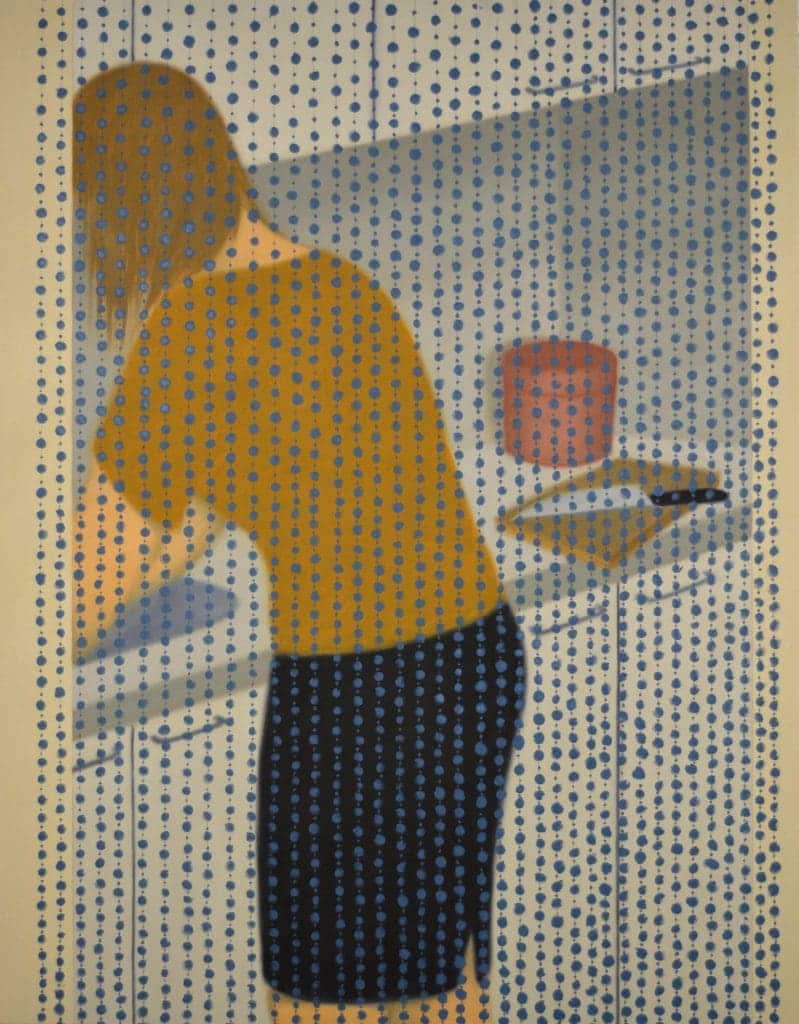
Born in Helsinki and based in Paris, the paintings of Henni Alftan focus on an array of objects in a way that is refined and sparing—but able to capture a familiar vision of everyday life. Here, Alftan shares a number of her works, as she explores, in her own words, perspective on her theory around her art.
I choose everyday subjects because we have them in common. I make my paintings for the viewers, not for myself. I want them to be able to relate to my propositions. I’m showing you things you have already seen, but perhaps in a different way, from a different point of view…I don’t see any sadness in my work. I see quiet contemplation.

Copyright Henni Alftan, Courtesy the artist, Karma, New York and Sprüth Magers.
The less you see the more you project. It’s not really about anonymity. It’s about not seeing and being made aware of it. In films, if you see a close up, it’s as if they were saying “This thing is important. Pay attention.” But what is important? What is noteworthy? What do we remember, out of everything we see?
I go see art, old and new. Not just painting. I read, I see films and when I’m really stuck I just walk, for a very long time. Being alone with my thoughts in the studio, even when I’m not actively working on a piece, also helps.
Each of my paintings is a singular project that is thought out thoroughly before I actually start painting. And I struggle for every good idea. I always have plenty of bad ones that I abandon. I wish it was easy but it isn’t. Luckily the paintings themselves generate ideas for new ones so when I finally have got things rolling, it can go on for a while. Until I have to come up for air and the whole thing starts all over again.

Copyright Henni Alftan, Courtesy the artist, Karma, New York and Sprüth Magers.
Growing up in Finland probably gave me a certain frankness, no frills attitude in my work. Finnish people are very down to earth and direct. I think being a foreigner has perhaps had as much impact on me.
It means you don’t have to fit in and can maintain a certain distance to things. Even now, I live in Paris but all my shows are somewhere else.

My pictures come from everyday observations that merge with reflections on image making and painting as an object and medium. There’s an obvious similarity between the painted canvas and a tinted fabric of any kind. The regularity of the weave of the canvas is also similar to a pattern. I make paintings that are not realistic but offer a plausible suggestion of the visible world; no one has green skin and the grass isn’t pink. But fabric has no fixed colour or texture or pattern. This gives me more freedom to compose.
We also have a constant tactile relationship to our clothing as we live inside them. That itself is a good subject for a painting I think.

Courtesy the artist, Karma, New York and Sprüth Magers.





